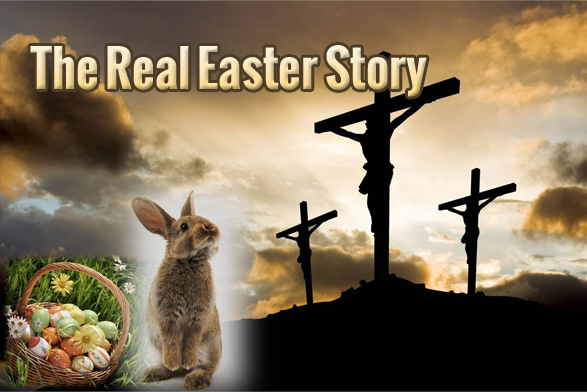Hasn’t the Bible been re-written so many times that it can’t be trusted?
Most of the bibles written today are written from only a few manuscripts. Then why do we have all these different translations? We don’t have the original manuscript of any ancient historical document. All we have are copies of them. How do we know that Julius Caesar ever existed? We have copies of manuscripts that attest to his existence. But we only have a few copies and they are dated to several hundred to more than a thousand years after when he existed. Whereas we have thousands of New Testaments, some written from 50-100 years after Jesus existed. So, we have wayyyy more copies of the New Testament than any other ancient historical document. The time frame between the event and the earliest copies is way, way less than any other ancient document. For a more complete answer, please refer to our class “How We Got the Bible” at https://www.bsssb-llc.com/video-courses-overview/how-we-got-the-bible/. Teacher notes 07-11 or scroll down to video 3-HD. So the bible documents are much more accurate than any other ancient document that we have.
When the King James bible (KJV) was written, scholars had New Testament copies that were only so old. When the slew of modern translations were written, they had older copies to translate from. But the most important thing to remember is this…no matter when the copy was written, they are almost completely identical. This can be said of no other ancient documents that we have. So, in practical terms, it really doesn’t matter too much what translation you read. They all say the same thing.
But why are there so many modern translations? There are two ways to translate anything.
– word for word…this is the most accurate way but it’s not the most readable.
– thought for thought…this is the most readable but it’s not the most accurate.
Most people want a translation that is accurate and readable. The NIV is the best for accuracy and readability. See the table below that compares several translations. As you can see, it just depends upon which translation suits you best. You can now buy an NIV bible that has study notes geared to the subject of archaeology or apologetics (the defense of the faith) or life applications or teen-agers, etc. You can also buy large print bible or thin line bibles for traveling or bibles that have space for journaling or ones that are geared to men or women or children. There are bibles that list 4 different translations side-by-side on one page so you can compare different translations (parallel bibles). As with many things in America, there is a plethora of choices in bibles.
You can now buy an NIV bible that has study notes geared to the subject of archaeology or apologetics (the defense of the faith) or life applications or teen-agers, etc. You can also buy large print bible or thin line bibles for traveling or bibles that have space for journaling or ones that are geared to men or women or children. There are bibles that list 4 different translations side-by-side on one page so you can compare different translations (parallel bibles). As with many things in America, there is a plethora of choices in bibles.
As of October 2017, the full bible has been translated into 670 languages. The New Testament has been translated into 1,521 languages and bible portions or stories into 1,121 languages. But the bible is NOT available in 57% of the world’s 6,901 languages.
2,195 languages (26%) are in the process of getting the bible translated into their own language. But the bible is being translated into more languages and at a faster rate than ever before.
Here are the bible translation designations:
NIV=New International Version NLT=New Living Translation
ESV=English Standard Version CEV-Contemporary English Version
NASB=New American Standard Bible MSG=The Message Version
KJV=King James Version TEV=Today’s English Version
NKJV=New King James Version RSV=Revised Standard Version
HCSB=Holman Christian Standard Bible NRSV=New Revised Standard Version
For His Kingdom,
Dave Maynard
https://bsssb-llc.com






